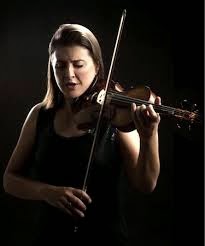Gary Varvel cartoon controversy displays intolerance and failure to understand the art of the editorial cartoon

When Gary Varvel's regular cartoon feature in The Indianapolis Star depicted his response to President Obama's executive order on immigration , I was farther away in this hemisphere than I've ever been: Argentina. a Cropping focuses on the cartoon's controversial elements; a Norman Rockwell inspired grandma (gray hair in a bun, etc.) is not shown here, but the multigenerational whiteness of the family strikes a familiar chord. It was a good place to confirm my perspective on the historic establishment and movement of cultures in North and South America. The takeaway message for this monolingual WASP: Rule, Hispania! Western Hemisphere history is overwhelmingly the result of conquest directed from the Iberian peninsula long before the first permanent settlements by the Northern Europeans whose descendants are about to begin their Thanksgiving feast in Varvel's cartoon. The midsized inland city — San Juan — where my wife and I were visiting our son was founded






